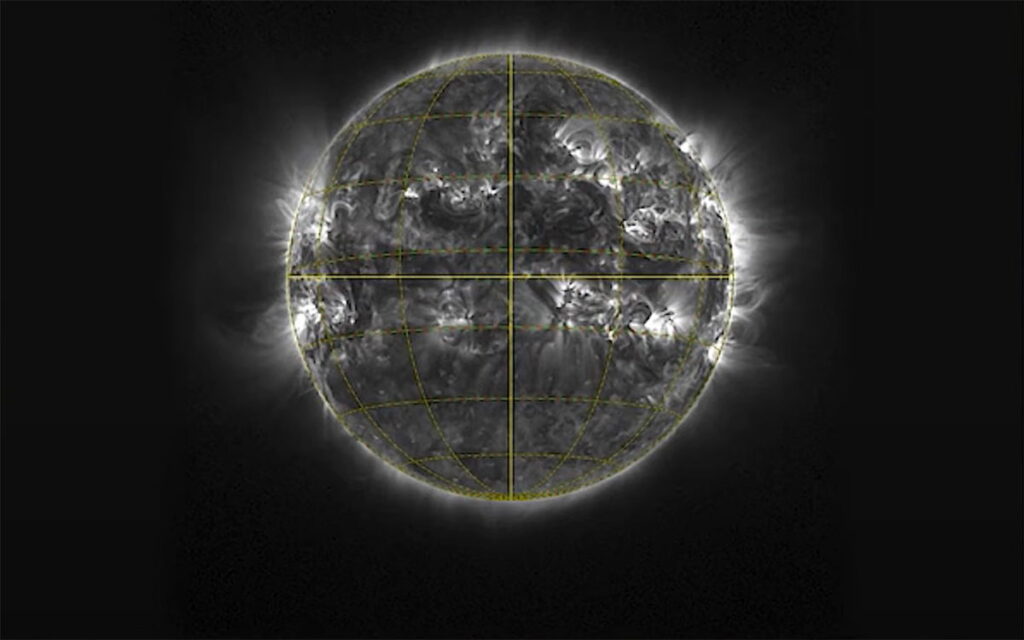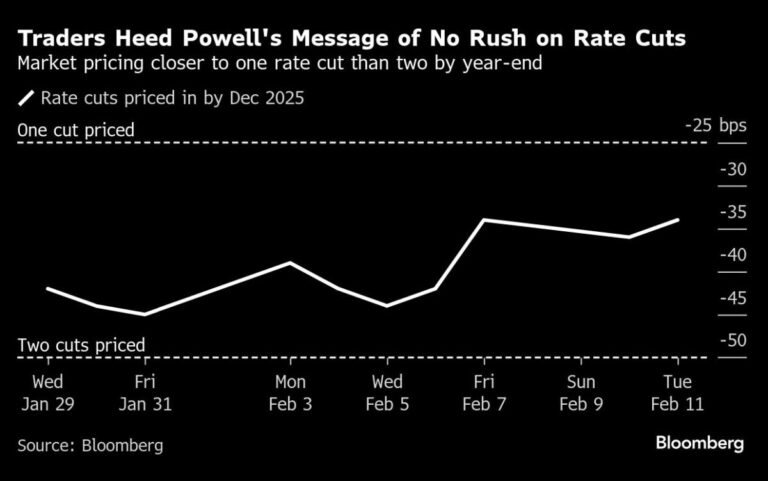
The closest images ever taken of the Sun. Credit: European Space Agency (ESA)
Until now, all the images we’ve seen of the Sun have been taken from a plane aligned with its equator. This is the same orbital path followed by all the planets in the solar system and by the vast majority of space probes and satellites. But on Wednesday 11 June, the European Space Agency (ESA) released the first images captured by a spacecraft that has departed from that trajectory to observe the Sun’s poles using optical instruments. These previously unseen regions are critical to our understanding of how the Sun works and how to predict its solar storms—phenomena that can disrupt communications and power supplies here on Earth.
The probe, Solar Orbiter, was launched five years ago on a mission to revolutionise our knowledge of the Sun. Among its ten scientific instruments are the first cameras capable of observing the star in various wavelengths from as close as 42 million kilometres—closer than the orbit of Mercury. These devices have already returned the closest images ever taken of the Sun, revealing its surface dotted with tiny cells, which are in fact bubbles of hydrogen, each one thousands of times larger than a major city.
The newly released images were taken on 16 and 17 March, when the spacecraft was orbiting at an angle nearly 17 degrees below the Sun’s equator. For the first time, we can now see the south pole of the star, captured by three instruments that detect visible and ultraviolet light. This technology also enables scientists to observe the corona—the Sun’s outer atmosphere—where temperatures reach a staggering one million degrees Celsius, far hotter than the solar core itself.
Unexpectedly, the south pole is a turbulent zone filled with magnetic fields pointing both north and south. “The Sun’s rotation is faster at the poles than at the equator,” explains David Orozco, co-lead investigator of PHI, one of the spacecraft’s instruments. “This difference twists the magnetic field lines and shapes the solar cycles, which last around 11 years and determine the frequency and intensity of solar storms. With this instrument, we can also peer into the Sun’s interior, and what we’re seeing is challenging our existing models. We expected weaker signals at the poles, but the signals are just as strong as those at the equator. Furthermore, we anticipated a dominant magnetic orientation, but we’re detecting both.”
The Sun has just passed its peak activity phase. Scientists suspect that its magnetic activity is now gradually reorganising itself, aiming for a minimum in about six years, when the magnetic polarities should settle into order. However, nothing is certain until Solar Orbiter transmits its full data package back to Earth later this summer. According to Orozco, this information will be vital for improving current early warning systems for solar flares and storms, which until now have relied solely on equatorial observations. “This mission is going to significantly change what we know about the Sun,” he says.
Neon and magnesium atoms
One of the spacecraft’s standout instruments is SPICE (Spectral Imaging of the Coronal Environment), a spectrograph that tracks the movement of oxygen, hydrogen, carbon, neon and magnesium atoms as they travel through the different layers of the Sun. SPICE has produced the first detailed maps of the transition regions where temperatures skyrocket as one approaches the scorching corona.
“There’s still much analysis to be done,” admits astronomer Javier Rodríguez-Pacheco, who leads another of the mission’s instruments, designed to detect high-energy particles emitted by the Sun. These initial polar images are just a taster—the full dataset, due later this summer, will offer a far more detailed picture. Transmission delays are partly due to the probe’s position relative to Earth: while at times it enjoys a strong communication link comparable to fibre-optic speeds, it can also dip to near-obsolete levels when the craft passes behind the Sun.
The most recent data reveal an unusual calm in particle emissions. “Right now would be the ideal moment for manned missions to the Moon,” Rodríguez-Pacheco notes, since the radiation risk is minimal. “We’ve just passed the peak of solar activity in this cycle, and we expect a gradual decline until the minimum in 2029. At that point, the Sun will look very different. Curiously, just when we expected heightened activity, the Sun seems to be taking a breather—and this quiet phase may not be happening simultaneously at both poles.”
An example of international collaboration
Solar Orbiter is a flagship example of international collaboration between ESA and NASA. The European agency has shouldered most of the €1.3 billion cost, while NASA provided the launch rocket and one of the ten scientific instruments. The future of such partnerships remains uncertain, particularly in light of budget cuts introduced under former US president Donald Trump, though European scientists believe cancellation is unlikely for a mission that is already well underway.
The only previous mission to fly over the Sun’s poles was Ulysses, another joint European-American project that operated from 1990 to 2009. However, Ulysses carried no cameras and remained much farther from the star than its successor. Solar Orbiter will continue on its current orbital path until the end of next year. After that, it will use Venus’s gravity to tilt its orbit even further—first to 24 degrees, and eventually, by summer 2029, to an angle of 33 degrees.
Stay tuned with Euro Weekly News for Environment News






